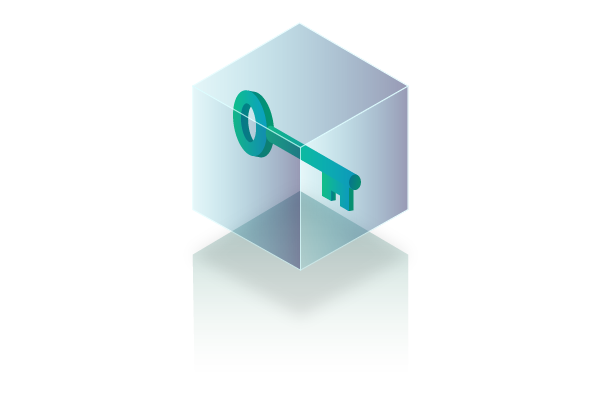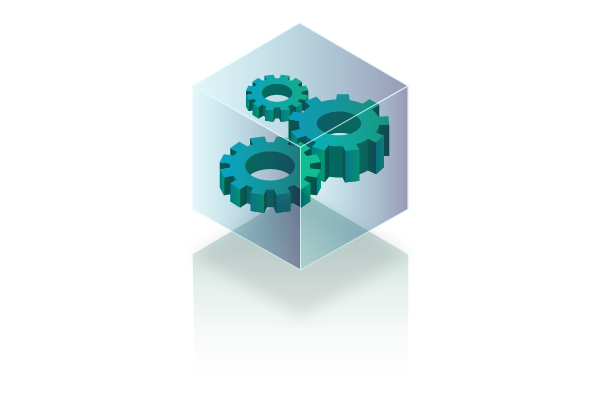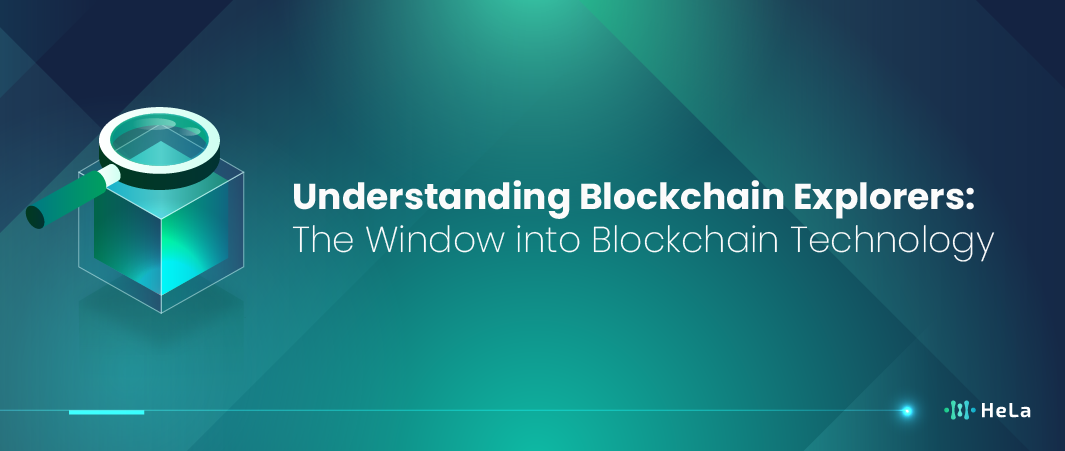Blockchain explorers are essential applications that provide a clear overview of the operation of various blockchains as well as insight into the various activities that are being performed on them. These work a lot like web browsers with distributed ledgers that allow us to browse through transaction history, account balances and all kinds of other pertinent data points that have been recorded on the blockchain. Their operation is based on interacting with the blockchain’s data structures, querying them for information, and providing the users with the results in an easily consumable and comprehensible form. With the help of it, people can search for transactions by their type or ID, address and block, thus checking the details of payments, tracking funds’ transfers and studying the general activity of the network.
In other words, blockchain explorers can be considered as crucial enablers of blockchain data as they ease the understanding of these markets for the general public. In this light, they equip stakeholders with interfaces and efficient search functions to board the decentralized train and expand the adoption and understanding of the blockchain technology across sectors of the global economy.
What is a Blockchain Explorer?
A Blockchain explorer is basically a live online interface that makes it easy for users to search and query blockchain data just as they do on a Search Engine. These explorers are useful for users who want to explore fine details of blockchain transactions, blocks, addresses, as well as smart contracts.
When using a blockchain explorer, a user can observe the movement of cryptocurrencies from one address to another, see the detailed description of each transaction and check the availability of transactions with the number of confirmations and transaction fees. Every block in the blockchain contains one or more transactions and is linked to the preceding block, making it possible to establish an unbroken line of detailed information in the decentralized ledger, which is transparent.
As well as the history of transactions, the block chain explorers offer much information about the blocks. Users are able to look for further details like block number, block size, block hash, block creation time etc. Details of the miner who validated the block and the coins they got in return are also provided, thus giving an indication on actual mining process as well as allocation of freshly minted coins. The degree of detail is essential for comprehending the operation of the fundamental principles of blockchain technology and the interaction of cryptocurrency networks.
For developers, especially for those who are engaged in the creation of smart contracts, blockchain explorers are essential tools for debugging. Through presenting information about transaction inputs and outputs as well as state transitions initiated by smart contracts, the explorers help the developers check whether their code works properly. This functionality helps in creating safe and integrated dApps, decentralized applications.
Also Read: Double Protocol: A New Standard in Blockchain Technology
It also helps financial institutions and regulatory bodies in their attempts to scrutinize and audit activities on the blockchain. These tools transparency assists in identifying fraud, checking the adherence to rules and regulations, and building trust in blockchain-based financial platforms.
In addition, it is pointed out that blockchain explorers help to increase user interaction due to the graphical interface that provides access to otherwise complex technical information of the blockchains. As tools that enable easy querying and analysis of data from blockchains, explorers educate the public about blockchain and promote its use.
Key Features of Blockchain Explorers

Blockchain explorers offer several key features that provide transparency and accessibility to blockchain data:
1. Transaction Tracking
Blockchain explorers enable users to search for certain transactions by using special transaction identification numbers (TxID). After identifying the transaction ID, users can get additional information about each transaction, namely the sender and receiver addresses, the transaction amount, the fee, and the number of confirmations. This functionality is very important in proving the authenticity, as well as the content of any transaction on the blockchain.
Users are able to view all the past transactions related to an address. This feature provides a record of all the incoming as well as outgoing transactions, making it easy for the users to identify the flow of money. This is especially so in auditing and where individuals or businesses want to keep track of their transactional activities.
2. Block Information
Every block in the blockchain is packed with a lot of information. Explorers give information regarding each block such as block number, the time it was mined, the number of transactions, the miner, and hash number of the block. It is important for anyone who wants to know the specifics of how blocks are added to the blockchain to grasp these particular aspects.
Security is represented by the number of confirmations that a block has garnered. More confirmations suggest that more subsequent blocks have been generated after the block in question and appended to the blockchain, making it less likely that someone can change the contents of a particular block. In block explorers this confirmation count is displayed, which allows users to evaluate the reliability of the contained transactions.
3. Address Information
The use of block explorers enables anyone to see the balance of any public address. This is crucial for the users to confirm their own transactions or to obtain the balance of other addresses, which is frequently employed for transparency and validation in several scenarios such as donations or business deals.
Through depicting the transaction history of an address, explorers assist people in monitoring all the activities connected to the given address. This is all received and sent transactions, which is important in tracing movement of funds and checking for accuracy.
4. Network Status and Statistics
The hash rate gives the total processing power that the miners are using on the network to solve problems through algorithms. Explorers show two hash rates, current and historical, which indicate the security of the network and mining practices. It is generally preferred to have a high hash rate because it means a more secure and stable network.
Mining difficulty, on the other hand, is an indication of the level of difficulty in getting a new block. For the current difficulty level and its trend, it can be seen on the blockchain explorers. This information is useful for miners and everyone who wants to understand the costs of mining because it defines the viability and profitability of mining activities.
Information about how many times the blocks have been processed is given by the blockchain explorers. These include factors such as daily transactions, average transaction size, and total transactions. Examining the number of transactions assists the users in viewing the intensity and regularity of the blockchain network.
5. Smart Contract Interactions
Some block explorers list smart contracts created as objects that contain information about smart contracts running on the network. This contains the contract code as well as the contract’s address on the blockchain, a brief description on the various functions and events that the contract employs. Such information is vital when developers and users engage in contracts involving smart contracts.
Most blockchain platforms allow for tokenization (the same if talking about ERC20 tokens in the Ethereum system). Navigational interfaces available in the blockchain explorers record token transactions and provide information subject to the type of token movement like transfer, balance and contract interaction. This feature is particularly engaging for users who work with tokens as it offers the clear trail of all the actions performed in relation to tokens.
How Do Blockchain Explorers Work?

Blockchain explorers are advanced web-based interfaces for blockchain systems that provide comprehensive and clear information regarding blockchain networks. They work by interacting with a blockchain node and by querying its information to offer details in an easily understandable format. Explorers can interact with a full node of the blockchain to translate the raw string of data on the blockchain and present it in a form that is easily readable for users.
These explorers enable users to search for and analyze real-time or historical information about transactions, blocks, addresses, and any other feature of the blockchain. For instance, a user can carry out a transaction hash to get details of the transaction such as its initiation time, number of confirmations, and amount of transferred cryptocurrency. In the same way, users can view balances for a given public address and are provided with not only the balance amount but also all transactions connected with this address.
Also Read: Blockchain Operating System: The Key to Transparent Transactions
Other features of blockchain explorers include the ability to delve into the specifics of a given block. These include information such as the block number, time the block was mined, the miner who verified the block, the total number of transactions in the block, and the block bonus. They may contain meta-information such as transaction fee, input and output addresses, and the status of transactions which are yet to be confirmed. The high level of detail is useful for things like checking on the integrity of transactions, forensic analysis of blocks and chains, and generally increasing confidence in blockchain technology.
However, more sophisticated block explorers may carry extra functionalities such as mempool, which features transactions that are pending for inclusion in the blocks and network stats, which gives information concerning the performance and health of a given blockchain as characterized by the hash rate, the difficulty level and propagation.
Thus, using all this information, blockchain explorers become indispensable tools for normal users and for professionals, who can now audit and analyze activity in blockchains. These features are the key when it comes to trust and effectiveness of blockchain technology.
The Importance of Blockchain Explorers

Blockchain explorers are indeed indispensable in the world of crypto currency and block chain technology where they serve as a portal to the block chain data. Thus, these platforms offer a graphical user interface that will enable people, developers, companies, and researchers to gather, process, and use blockchain-related information efficiently.
1. Transparency and Trust
Every activity that is performed on a blockchain can be viewed by a user through a layer called a blockchain explorer. This is to ensure that records are clear and cannot be tampered with this way promoting trust by the members of the blockchain network.
It allows the users to check all the details regarding the transactions such as the addresses of the sender and the receiver, amount transferred, fees, time of transactions, etc. This capability is significant for verifying whether transactions are legitimate and legal, to reduce the threat of fabrications as well as guarantee the accuracy of the blockchain record.
2. Accessibility to Data
News sources give an interface that makes it easy to navigate through the complicated details of the blockchain. People who have no background or knowledge of complicated computer programming can easily analyze and interact with the blockchain transactions and blocks, addresses, and smart contracts.
Explorers provide a detailed analysis of all occurrences in the blockchain systems, making it possible for users to search for particular transactions, blocks or addresses. This accessibility opens the use of blockchain to a wider populace so more people can have a direct interaction with decentralized systems.
3. Transaction Tracking
People can track the status of transactions during their progression across the blockchain network. This real-time visibility makes it possible for users to monitor their transactional activities from the point of initiation to confirmation.
Explorers, which are essentially search engines for the blockchain, contain all the block and transaction history. Such information is useful for compliance, auditing, and other analytical endeavors that require historical records.
4. Blockchain Health and Analysis
Explorers provide information about the state of blockchain networks in terms of health and performance. Indicators including block height, hashes per second, the number of transactions, and the network difficulty all are useful to determine the stability and the activity level of the network.
The modern blockchain explorers also contain analytical facilities which allow users to consider the blockchain information comprehensively. These tools assist in the understanding of patterns, consistent trends, and deviation from these trends within the blockchain which becomes useful for planning.
5. Security and Auditability
Blockchain explorers enable auditing features by helping users track and authenticate transactions. Explorers can be used by auditors and regulatory bodies to verify compliance with the industry standards or the set regulations.
Explorers are available to review the smart contracts running on the blockchain such as the code in the contracts, transactions, and contracts’ interactions. It increases the guarding of security measures and reduces risks that stem from smart contract glitches.
6. Development and Innovation
Blockchain explorers remain invaluable tools for decentralized applications and smart contracts developers. Explorers can therefore be used to run, debug as well as observe the behavior of applications in real-time by the developers.
Explorers allow developers and users to communicate with smart contracts residing on the blockchain layer. This capability helps perform contract functions and access contract information, which helps improve the utility of decentralized applications.
Conclusion
Blockchain explorers serve as simple tools accessible to common users who require easy access to the complex data situated on the blockchains. These explorers work through querying a block chain node to obtain real time data on the transaction, the address, the blocks and several other activities within the network.
Thus, with the help of APIs and complex search queries based on algorithms, blockchain explorers interpret this raw block chain data and make it easily navigable through search, and in many cases even accompanied by many types of simple visual graphics, summaries, and even history. They offer facilities for finding specific transactions, checking the status of an address, tracking confirmation of the block, and interacting with smart contracts. Such a degree of openness and accessibility is useful to different entities and parties, such as single users, developers, enterprises, and government authorities.
Explorers enable the confirmation of the transaction status, value and audit, and movement of the asset, contributing to the trust within the blockchain environment. In addition, they allow users to do more extensive analysis on selected blockchain activities to support qualitative research and development. Finally, it is essential to underscore the importance of blockchain explorers in providing the required transparency, accessibility, and establish a higher level of reliability of the blockchain networks to enable a high level of informed access to the decentralized world.
Disclaimer: The information provided by HeLa Labs in this article is intended for general informational purposes and does not reflect the company’s opinion. It is not intended as investment advice or a recommendation. Readers are strongly advised to conduct their own thorough research and consult with a qualified financial advisor before making any financial decisions.

